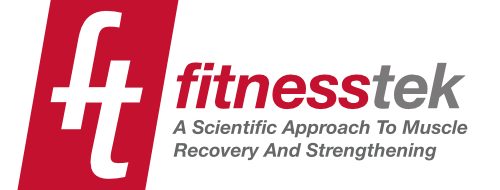Getting Old Does Not Have To Hurt!
Do you want to know The Key to Aging Pain-Free?
"Ouch!"
"Errrrr!"
"Dammit!"
and "It sucks getting old”...
These are all common phrases uttered by my clients as they remove their shoes to get on the exam table. I most often reply, “Ok, hop up on the table and let's start activating those muscles!” The client's reply is always the same, "It’s been a long time since I hopped on anything."
“Well, that changes today! ”, I tell them excitedly.
You see, getting old, growing older, aging, going over the hill, having one foot in the grave, being past your prime, becoming a senior and any other statement that we attach to the chronological passing of our time does not have to hurt!
Much like a car built in the early 1900’s, with proper care and maintenance, your body can function and feel great through all of your decades.
In this series of Blog posts, we will take a look at some of the common issues we encounter as we span our time on this planet. Issues that come up not only because we are “older”, but also because we failed to give our body the stimulation it needed physically the day we unwrapped it.
The “getting old hurts” syndrome is best exampled by a 45-year-old Dentist. His main complaint was that he was experiencing muscle spasms in his right lower back starting in the morning when got out of bed. He couldn't pick up his kids or work in the garage without aggravating the spasms in his back. In addition, while he didn't experience pain with the motion, he couldn't seem to cross his right leg over his left to put on his shoes.
By no means was he... OLD, but he felt very much so.
This is a very common complaint from prospective clients that come in for treatment of pain. The problem is not so much in their aging, but rather in what they do (or don't do) and the physical position they are in for hours on end, day in and day out.
Think of the position you would need to bend into to look into someone’s mouth. Now spend 8 hours a day in that position.
Ouch!
Our Dentist's spine got really good at staying in that position. So good, in fact, that it let him know when he was not in that position. If you can just imagine taking your spine, that has strengthened in a side bent position and trying to straighten it out.
Wow! Those strong muscles on your side might start to create some funky forces on the individual vertebrae in your spine. This, in turn, causes muscle spasms and an assortment of other limitation and aches… much like the inability to cross one of your legs.
That’s right, your lack of ability to get your shoes on has a lot less to do with your age and much more to do with spinal position and stability.
Does this sound like something you are suffering from? Here is a possible fix for your hip immobility:
Lay on your back and have someone watch you SB to the right and then to the left. The side that looks as if it moves further is the side we are going to work on strengthening. Lay up against a wall so that your shoulder and your feet are resting up against the wall. Now try and bend your spine into the wall so that your shoulder and your feet both push into the wall. Hold for 1 minute. Repeat this 3 times and reattempt to put on your shoes. Is your leg getting easier to cross?
Repeat this exercise twice a day for the next 5 days.
Now, here is our disclaimer...
This is only one position we examined for weakness and there are over a few hundred to look at! Just like a weak back can affect your ability to cross your legs, so can other weakness negatively affect your body. Things like cervical spine instability or shoulder instability will all affect this motion as well. If after doing this for a week you do not see any marked improvement, seek out a professional Muscle Activation Techniques Master Specialist. Often there are things our bodies are doing that we do not recognize and it helps to have someone objectively examine each joints motion.
